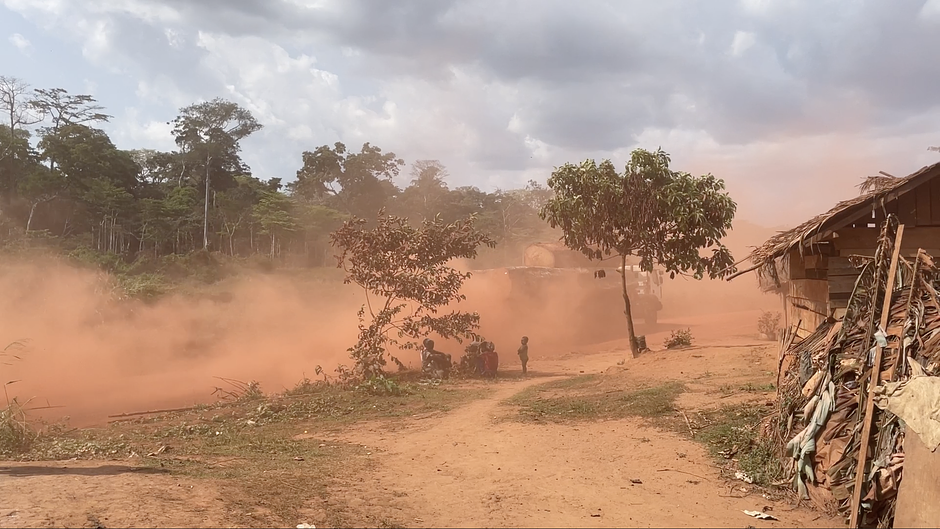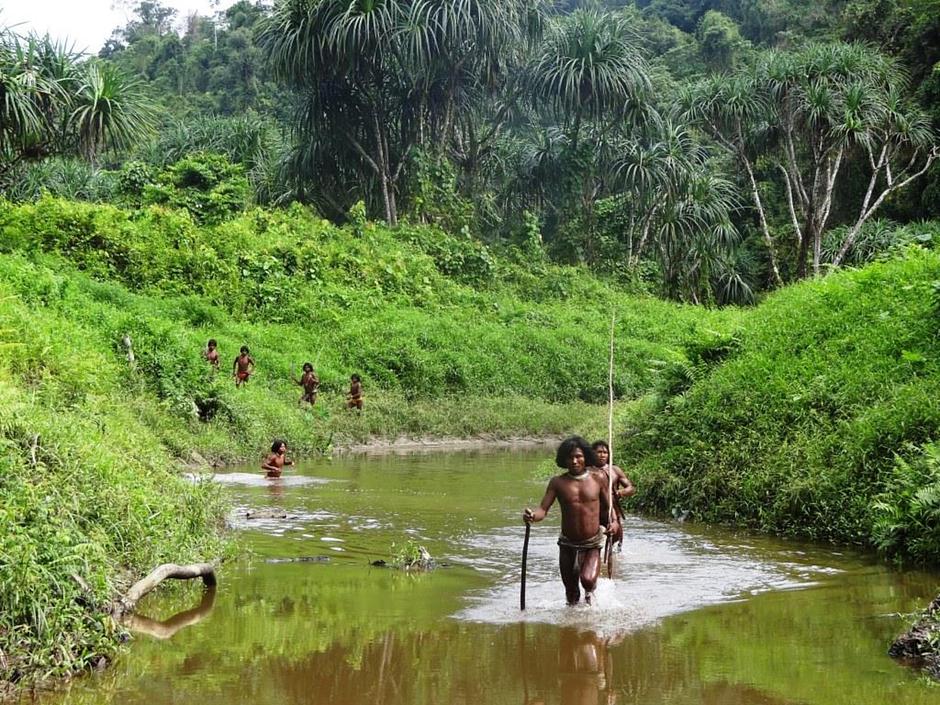10 fascinating facts about Indigenous languages
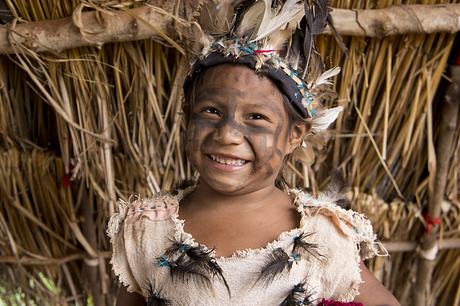
We are Survival International, the global movement for tribal peoples.

A Guarani child from the Guaviry community wearing decorative feathers and paint, Mato Grosso do Sul, Brazil.
- Human speech is not limited to the spoken word
There are around 70 languages that can be whistled. This isn’t like whistling the tune of a song, it means actually whistling in words and sentences with the flexibility of normal speech. - English is a relatively simple language
English is perhaps not such a difficult language to learn, it only uses around 42 different sounds. ǃXóõ, a language spoken by “Bushmen” in the Kalahari Desert, has over 160. This includes five different “click” sounds originally found only in Bushman languages. © Forest Woodward / Survival, 2015Botswana Bushmen, Kalahari. Children of the Kua tribe.
© Forest Woodward / Survival, 2015Botswana Bushmen, Kalahari. Children of the Kua tribe. - Indigenous languages generally tend to be the most complex and specialized
No human being on Earth speaks a “primitive” language; there is simply no such thing. Languages in remote areas spoken by only a few hundred people tend to have more idiosyncratic rules, sounds and vocabulary, while big global languages like English, Spanish or Mandarin Chinese on the whole follow more predictable patterns. Because they are so unique, the languages which are most at risk are arguably those that have the most to teach us. - Languages are “libraries” of specialized knowledge
The Eveny people of Siberia are reindeer herders, and their daily lives traditionally revolved around their animals. Their language has more than 1,500 words devoted to describing the body parts, diseases, diets and moods of their reindeer.
40% of children worldwide are not getting their education in a language they understand.
Tribal and Indigenous children are entitled to an education that respects their family, culture, language and links to their land.
Join our campaign now against #FactorySchools - There are words for things we haven’t even thought of
Have you ever been so excited to see someone, you keep going outside to check if they’ve arrived yet? The Inuktitut language of the Inuit has a word for that: “Iktsuarpok”, pronounced eekt-soo-ahh-pohk. - Many languages make useful distinctions that don’t exist in English
The Guarani language has two different words for “we”. One “we” includes the people you are talking to, a bit like saying “me and you”. The other, you use to talk about a group of people who are not present, kind of like “me and them.” - There are some very different ways of thinking about time
The future is behind you and the past in front of you, according to Aymara people of the Andes. You can “see” the past, but you cannot see the future. The Aymara word for past literally means eye, sight or front, and the word for future means “behind” or “the back.”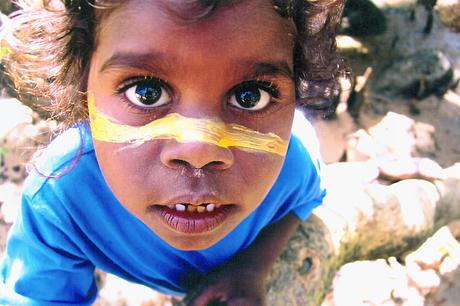 © Sinem Saban/SurvivalAboriginal child, Australia
© Sinem Saban/SurvivalAboriginal child, Australia - There is evidence that the language you speak shapes how you experience the world
The Guugu Ymithirr people of Australia traditionally had no words for left and right and only used North, South, East and West for direction. They oriented themselves instinctively, able to use each compass point accurately relative to where they were standing. - Around half of all the world’s languages have no written form
Unwritten languages are rich in oral traditions; stories, songs, poetry, and ritual passed down through the generations that remain remarkably consistent and reliable through time. Scientists are finding more and more evidence for events that happened thousands of years ago which have been documented and preserved in Indigenous storytelling, re-told and impressively preserved over hundreds of generations. Lack of writing certainly does not mean a lack of culture or knowledge. - Around half of all Earth’s languages are endangered.
There are around 7000 languages spoken on Earth, and nearly 3000 languages are considered endangered. On the other hand, 23 languages are spoken by around half of the world’s population. If a language with no written form is no longer spoken, then the collective history, knowledge, mythology, and perceptions of an entire people dies with it… forever.
The fundamental cause of language death is when children no longer speak the language of their parents, sometimes because children are made to feel ashamed of speaking the language of their family.
#FactorySchools actively contribute to language death by teaching tribal children only in the dominant dialect or the official language of the state and telling children that the beliefs and knowledge of their own people are “backwards,” inferior, or wrong.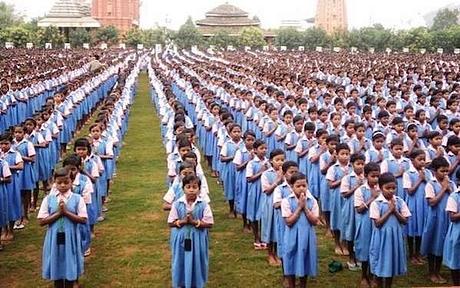 © KISS
© KISS
 © KISS
© KISS“Tribal

